Grass Lawn Park serves as a quintessential example of how urban green spaces can enhance community life. Nestled within the heart of a bustling city, this park is a sanctuary for residents seeking respite from the frenetic pace of urban living. The expansive lawns, meticulously maintained, provide a lush backdrop for various recreational activities, from picnicking to sports.
The park’s design encourages social interaction, with open spaces that invite families and friends to gather, fostering a sense of community and belonging. The significance of Grass Lawn Park extends beyond its aesthetic appeal; it plays a vital role in promoting environmental health. The grass and trees contribute to improved air quality, while the park’s layout helps manage stormwater runoff, reducing the risk of flooding in surrounding areas.
This dual function of providing recreational space while supporting ecological balance underscores the importance of well-planned urban parks in contemporary city planning.
Key Takeaways
- Grass Lawn Park is a beautiful oasis in the heart of the city, offering a serene and natural escape for visitors.
- When selecting the right grass for your lawn, consider factors such as climate, soil type, and maintenance requirements.
- Proper lawn maintenance tips include regular mowing, watering, fertilizing, and aerating to keep your grass healthy and vibrant.
- Designing a beautiful landscape involves incorporating elements such as pathways, garden beds, and outdoor seating areas to enhance the overall aesthetic of your lawn.
- Creating a sustainable and eco-friendly lawn can be achieved through practices such as water conservation, using organic fertilizers, and planting native species to support local wildlife.
Selecting the Right Grass for Your Lawn
Choosing the appropriate grass type for your lawn is fundamental to achieving a vibrant and healthy landscape. Various factors influence this decision, including climate, soil type, and intended use of the lawn. For instance, cool-season grasses like Kentucky bluegrass and fescue thrive in northern climates where temperatures are moderate.
These grasses are known for their lush appearance and ability to withstand cold winters, making them ideal for regions with significant seasonal temperature fluctuations. Conversely, warm-season grasses such as Bermuda and zoysia are better suited for southern climates where heat and humidity prevail. These grasses are drought-resistant and can endure high temperatures, making them perfect for lawns that experience heavy foot traffic or are used for recreational purposes.
Understanding the specific needs of your local environment is crucial in selecting the right grass type, as it directly impacts the lawn’s health and longevity.
Tips for Proper Lawn Maintenance
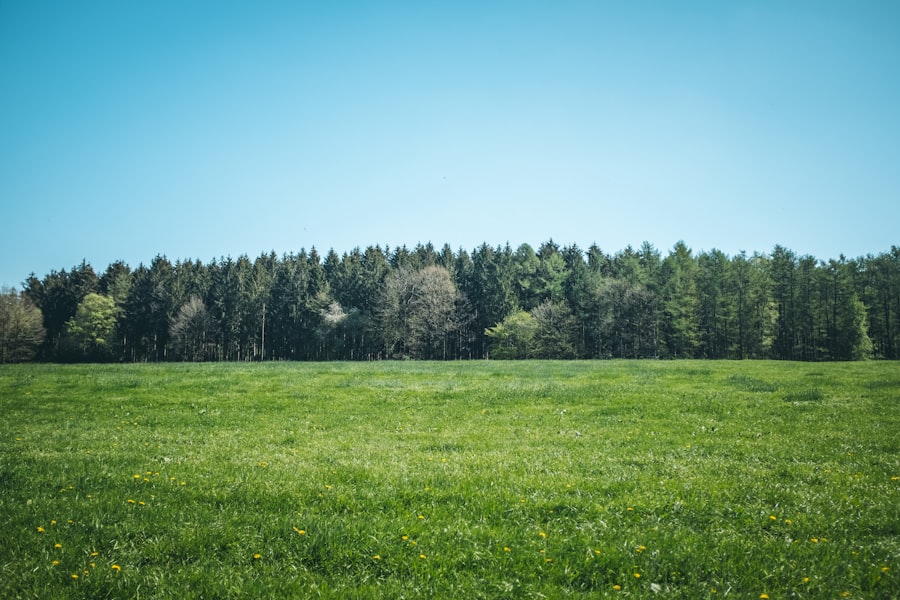
Maintaining a healthy lawn requires a combination of regular care practices tailored to the specific grass type and environmental conditions. One of the most critical aspects of lawn maintenance is mowing. Keeping the grass at an appropriate height not only enhances its appearance but also promotes root growth and resilience against pests and diseases.
For most grass types, a mowing height of 2.5 to 4 inches is recommended, depending on the species. Regular mowing encourages lateral growth, resulting in a denser lawn that can better compete with weeds. In addition to mowing, proper watering techniques are essential for maintaining a lush lawn.
Deep watering is preferable to frequent shallow watering, as it encourages roots to grow deeper into the soil, enhancing drought resistance. A general rule of thumb is to provide about one inch of water per week, either through rainfall or irrigation. Monitoring soil moisture levels can help determine when watering is necessary, ensuring that the lawn receives adequate hydration without becoming waterlogged.
Designing a Beautiful Landscape
| Aspect | Metric |
|---|---|
| Plant Selection | Number of plant species |
| Color Palette | Number of colors used |
| Texture | Variety of textures |
| Balance | Even distribution of elements |
| Focal Point | Presence of a central feature |
Creating an aesthetically pleasing landscape involves more than just selecting the right grass; it requires thoughtful planning and design principles that harmonize with the surrounding environment. One effective approach is to incorporate various elements such as pathways, flower beds, and ornamental features that complement the lawn. Curved pathways made from natural stone or gravel can guide visitors through the space while adding visual interest.
Flower beds filled with seasonal blooms can provide vibrant splashes of color throughout the year, enhancing the overall appeal of the landscape. Incorporating native plants into the design is another way to create a beautiful landscape while supporting local ecosystems. Native plants are adapted to the local climate and soil conditions, requiring less maintenance and water than non-native species.
They also attract beneficial wildlife such as pollinators and birds, contributing to biodiversity. By blending native plants with traditional landscaping elements, homeowners can create a visually stunning environment that is both functional and ecologically responsible.
Creating a Sustainable and Eco-Friendly Lawn
Sustainability in lawn care has gained significant attention as environmental concerns become more pressing. Implementing eco-friendly practices not only benefits the environment but also enhances the health of your lawn. One effective strategy is to reduce chemical inputs by opting for organic fertilizers and pest control methods.
Organic fertilizers release nutrients slowly over time, promoting healthy growth without the risk of chemical runoff into local waterways. Another sustainable practice involves adopting xeriscaping principles, which focus on water conservation through drought-resistant landscaping techniques. By incorporating native plants that require minimal irrigation and grouping plants with similar water needs together, homeowners can significantly reduce their water consumption while maintaining an attractive landscape.
Adding Color and Texture with Plants and Flowers
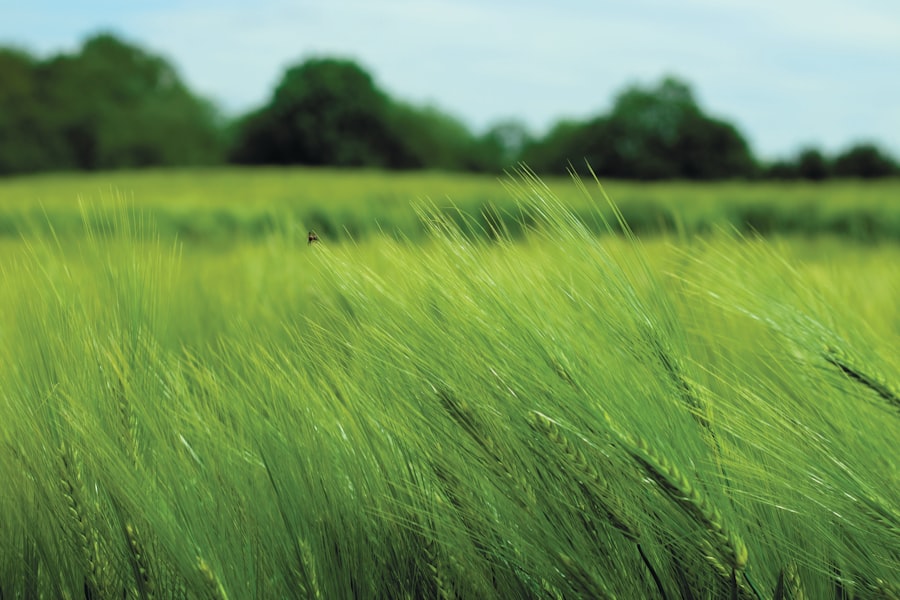
Incorporating a variety of plants and flowers into your landscape design can dramatically enhance its visual appeal by adding color and texture. Perennials such as coneflowers, daylilies, and hostas provide long-lasting blooms and foliage that change with the seasons. These plants not only add beauty but also require less maintenance than annuals since they return year after year.
In addition to perennials, incorporating ornamental grasses can introduce movement and texture to your landscape. Grasses like fountain grass or blue fescue create a dynamic visual effect as they sway in the breeze, adding depth to flower beds or borders. Combining different heights, colors, and textures creates a layered effect that draws the eye and invites exploration throughout the garden space.
Incorporating Functional and Aesthetic Features
A well-designed landscape should balance functionality with aesthetic appeal. Incorporating features such as seating areas, fire pits, or outdoor kitchens can transform your lawn into an inviting space for relaxation and entertainment. Strategically placed benches or picnic tables encourage social gatherings while providing spots for quiet reflection amidst nature.
Water features such as ponds or fountains can also enhance both the beauty and tranquility of your landscape. The sound of flowing water creates a soothing atmosphere that can mask urban noise while attracting wildlife such as birds and butterflies. When designing these features, it’s essential to consider their placement within the overall landscape to ensure they complement existing elements rather than detract from them.
Enjoying and Caring for Your Lush Green Oasis
Once you have established your lush green oasis, it’s important to take time to enjoy it fully while continuing to care for it properly. Regular maintenance tasks such as weeding, pruning, and seasonal clean-up ensure that your landscape remains healthy and vibrant throughout the year. Engaging in these activities can also be therapeutic; tending to your garden allows you to connect with nature while providing a sense of accomplishment.
Creating designated areas within your lawn for relaxation or recreation can enhance your enjoyment of the space. Whether it’s setting up a hammock under a tree or establishing a small vegetable garden, these personal touches make your outdoor area feel more like an extension of your home. By investing time in both enjoyment and care, you cultivate not only a beautiful landscape but also a cherished retreat that enriches your daily life.
If you’re interested in learning more about the concept of social change and how it relates to community spaces like Grass Lawn Park, check out this article on basic concepts of sociology. Understanding how individuals and groups interact within society can provide valuable insights into the dynamics of public spaces like parks.
FAQs
What is a grass lawn park?
A grass lawn park is a public space that is covered with grass and is typically used for recreational activities such as picnics, sports, and relaxation.
What are the benefits of a grass lawn park?
Grass lawn parks provide a natural and aesthetically pleasing environment for people to enjoy outdoor activities, promote physical activity, and contribute to the overall well-being of the community.
How is a grass lawn park maintained?
Grass lawn parks require regular maintenance such as mowing, watering, fertilizing, and pest control to keep the grass healthy and the park looking well-kept.
What are some common features of a grass lawn park?
Common features of a grass lawn park may include walking paths, playgrounds, sports fields, picnic areas, and benches for seating.
Are grass lawn parks environmentally friendly?
Grass lawn parks can contribute to environmental sustainability by providing green spaces that help reduce air and noise pollution, support biodiversity, and mitigate the urban heat island effect.

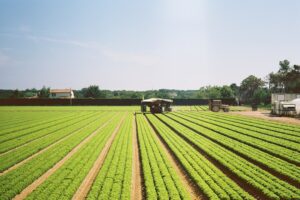


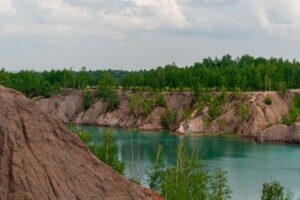





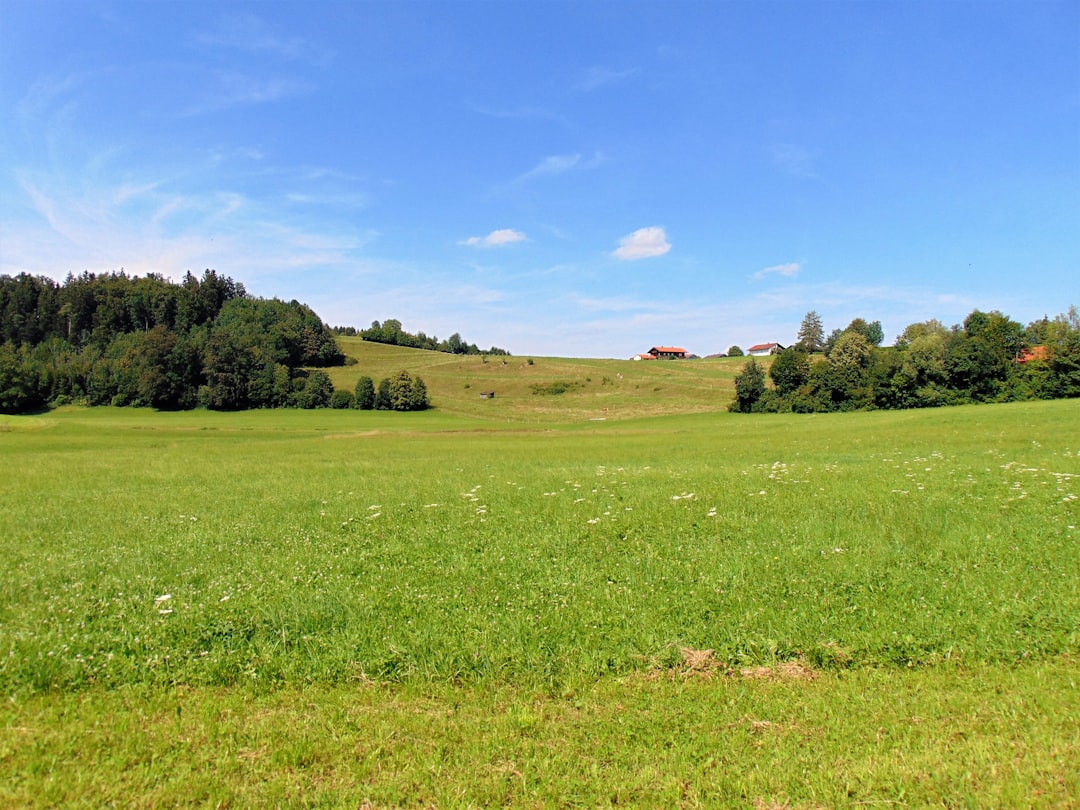
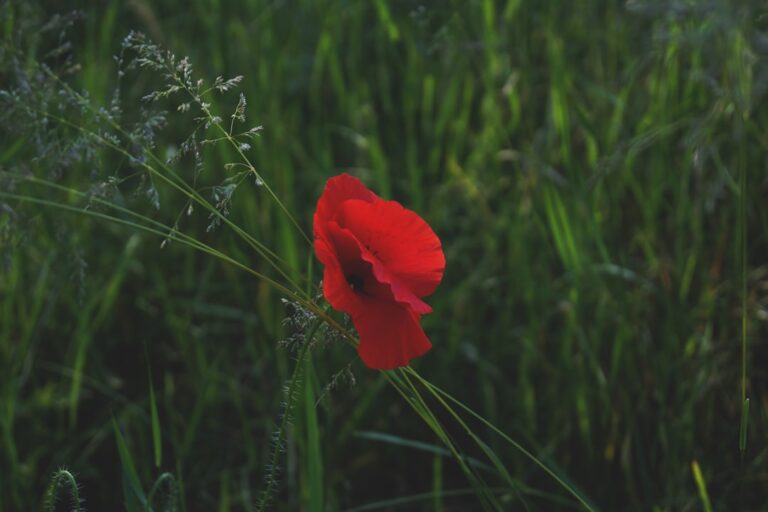

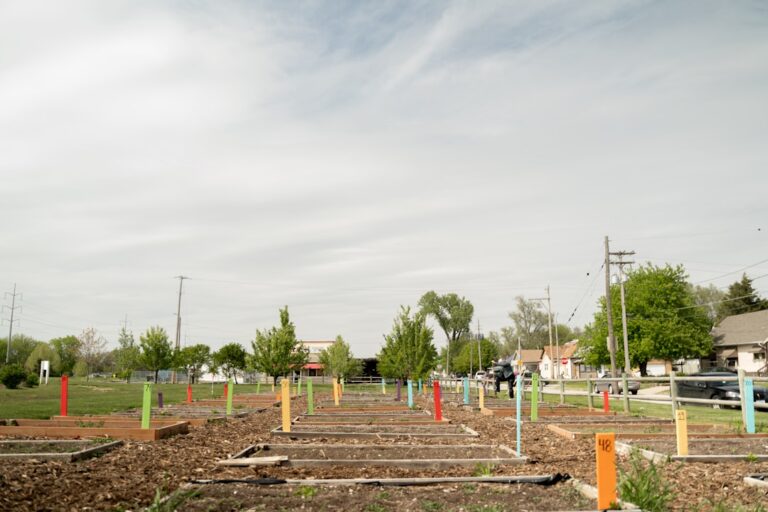

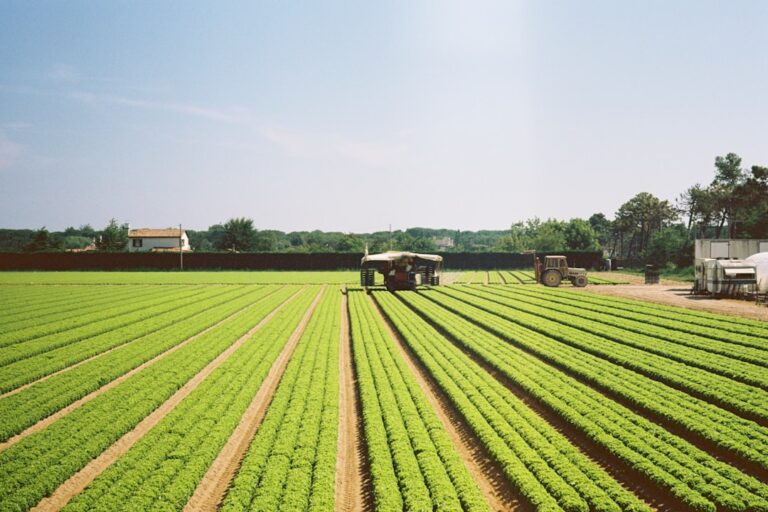


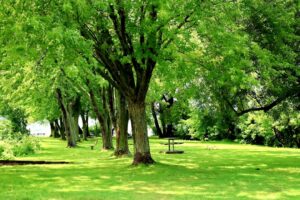





+ There are no comments
Add yours